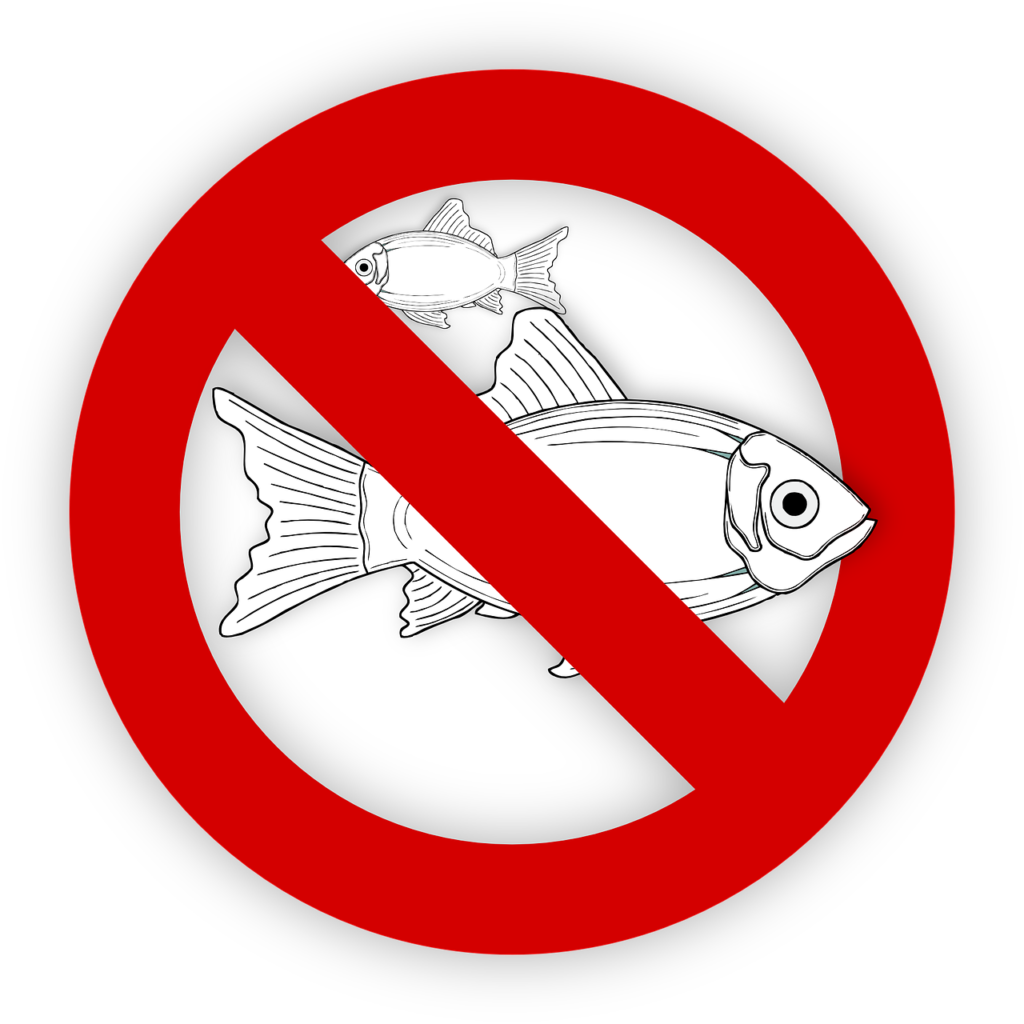Food allergies affect millions of people worldwide, and the prevalence of food allergies is increasing. Identifying and managing food allergies is crucial for those with this condition to avoid potentially life-threatening reactions. Food allergies are an abnormal immune response to certain foods. When someone with a food allergy consumes an allergen, their immune system sees it as a threat and triggers a response. This response can cause symptoms that range from mild to severe, including itching, swelling, difficulty breathing, and anaphylaxis.
Common Food Allergies
Food allergies are a common health concern affecting millions of people worldwide. An allergic reaction occurs when the immune system overreacts to a particular protein in a food item. This can cause a range of symptoms, from mild to severe, and in some cases, life-threatening reactions. Identifying the allergen is essential to avoid future exposure and manage the condition. While any food item can cause an allergic reaction, some foods are more likely to trigger an allergic response than others.
Milk
Milk allergy is a type of immune reaction that occurs when the body’s immune system reacts to one or more proteins found in cow’s milk. While this condition is most common in infants and young children, it can also affect adults. The symptoms of milk allergy can range from mild to severe, and may include hives, rash, itchy skin, swelling of the lips, tongue, or throat, difficulty breathing, abdominal pain, cramps, diarrhea, vomiting, nausea, and even anaphylaxis, a severe and potentially life-threatening reaction.
Eggs
Eggs are a common food allergen that can cause an immune system reaction in some people. The proteins found in egg whites are most often responsible for allergic reactions, although reactions to the yolks can also occur.
Wheat
Wheat is a common food allergen that can cause an immune system reaction in some people. It is most common in children and is often outgrown by adulthood, but it can also occur in adults. Wheat is a common ingredient in many foods, including bread, pasta, cereal, and baked goods. People with a wheat allergy must avoid all foods containing wheat and wheat products, and may need to carefully read food labels to identify any hidden sources of wheat.
Soy
Soy is a legume that is often used as an ingredient in many foods, including soy milk, tofu, and soy sauce. Individuals with soy allergy must avoid all foods containing soy and soy products, and may need to carefully read food labels to identify any hidden sources of soy. If you suspect that you or someone you know has a soy allergy, it’s important to see a doctor for an accurate diagnosis. Diagnosis may involve skin testing or blood tests, and treatment may involve avoiding soy and soy-containing products.
Peanuts
Peanuts are one of the most common food allergies, especially in children. A peanut allergy occurs when the immune system mistakenly identifies peanut proteins as harmful and triggers an allergic reaction. The severity of the allergic reaction can vary from mild to life-threatening. Symptoms can include hives, itching, swelling, vomiting, diarrhea, and difficulty breathing.
Other common food allergens include fish, shellfish, mustard, sesame, lupin and many more. It is important to note that these are just some of the common food allergies, and there are many other foods that can cause allergic reactions. If you suspect that you or someone you know has a food allergy, it is important to speak with a healthcare professional for proper diagnosis and management.

Identifying Food Allergy
One of the most common symptoms of food allergy is an itchy, red rash on the skin, which can occur within minutes to a few hours after consuming the allergenic food. Other skin-related symptoms may include hives, swelling of the face, lips, tongue, or throat, and itching or tingling sensations in the mouth.
In some cases, food allergy can also affect the gastrointestinal system, causing abdominal pain, nausea, vomiting, or diarrhea. Respiratory symptoms such as wheezing, coughing, or difficulty breathing can also occur, especially in people with a history of asthma.
Severe allergic reactions, also known as anaphylaxis, can be life-threatening and require immediate medical attention. Signs of anaphylaxis include difficulty breathing, rapid heartbeat, severe swelling, and loss of consciousness.
If you suspect that you or someone you know may have a food allergy, it is important to seek medical attention as soon as possible. Your doctor may recommend skin tests, blood tests, or an elimination diet to diagnose the allergy and determine the specific food or foods that are triggering the symptoms.
Once a food allergy has been identified, it is important to avoid consuming the allergenic food and carry an epinephrine auto-injector (such as an EpiPen) at all times in case of accidental exposure. Working with a qualified healthcare provider or dietitian can help you develop a safe and nutritious diet plan that meets your specific needs and dietary restrictions.

Treatment of Food Allergy
In cases of mild to moderate allergic reactions, antihistamines may be used to relieve symptoms such as itching and swelling. However, for severe allergic reactions, a shot of epinephrine (adrenaline) may be required to quickly reverse the symptoms and prevent anaphylaxis.
People with food allergies should always carry an epinephrine auto-injector (such as an EpiPen) with them at all times in case of accidental exposure to the allergenic food. It is also important to educate family members, friends, and coworkers about the symptoms of food allergies and how to respond in case of an emergency.
In addition to avoiding the allergenic food, people with food allergies may need to make other dietary adjustments to ensure they are getting the nutrients they need. A dietitian can help develop a safe and nutritious meal plan that meets the individual’s specific needs and dietary restrictions.
Research is also being done on new treatments for food allergies, including oral immunotherapy and sublingual immunotherapy. These treatments involve gradually exposing the person to increasing amounts of the allergenic food to help desensitize their immune system. However, these treatments are still experimental and should only be done under the supervision of a qualified healthcare provider.
In summary, the treatment of food allergies involves a combination of strategies aimed at managing the symptoms and preventing allergic reactions. This includes identifying and avoiding the allergenic food, carrying an epinephrine auto-injector, and making dietary adjustments as needed. People with food allergies should work closely with their healthcare provider and dietitian to develop a safe and effective treatment plan.